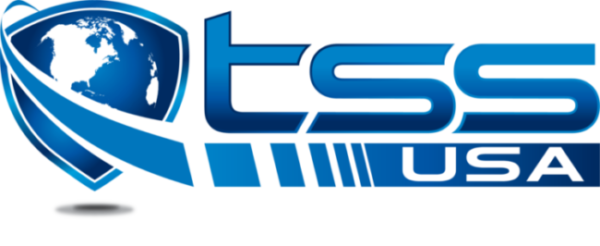Ribbonized Organized Integrated Wiring (ROI)
ROI Wiring is a modular, organized wiring system developed for aircraft applications using standard wiring components by Raytheon 11S.
Weight Reduction
- No need for individual shields and jackets for internal harness electrical interference control (cross-talk)
- Using less outer gross shield/foot of harness for external EMI/EMC control (when necessary) due to smaller harness cross-section of ROI harnesses
- Eliminating or reducing the number of shield-terminating grounding devices
- The shared tensile strength of wires in a woven ribbon format can be exploited by using a smaller minimum wire gauge for select circuits.
Components & Weight
- ROI controls crosstalk without using heavy individually shielded twisted cables that also are labor intensive to terminate
- ROI uses component wires in woven ribbons
- The absence of shields/jackets on circuits saves significant weight all throughout the aircraft
- ROI works with virtually all common aircraft connectors, both old and new equipment, and standard wiring tools because the ribbons use standard stranded mil-spec wire.
ROI Applications
- ROI, a “successful” organized wiring concept, was developed to satisfy engineering, logistics, and maintenance requirements for wiring for U.S. Military & Aircraft
- Designed into and flying on UH-1Y, AH-12, Bell 609, A-60 Intruder as well as V-22 Osprey
- Flight tested in Boeing JSF Demo aircraft flight control system
- ROI wiring can retrofit into existing aircraft
ROI System Architecture
- Due to increased modularity, ROI designs use a higher number of harnesses than conventional design approaches
- The V-22 has shown that it can be less expensive to produce a larger number of
simple ROI harnesses than a smaller number of conventional harnesses - To max the use of ribbonized technology, ROI harnesses have fewer branches than conventional harnesses
- Circuits are grouped more by “destination” than by system and are carried in Trunk-line harnesses from area to area
- Endpoint harnesses, also ribbonized, connect trunk-lines to multiple boxes in a particular bay or area
- Complex transitions can require junction boxes
- New ROI harnessing techniques reduce the need for junction boxes in the architecture design

Wiring Diagnostics & Repair
- The orderly arrangement of wires in ROI harnesses provide a consistent electrical cross-section
- This consistency lends itself to diagnostic processes such as TOR, FDR, Standing Wave, etc., by reducing reflections
- Standard “buzzing out” methods of troubleshooting ROI harnesses is easier than conventional wiring

Damage and Repair
- Tests performed at the Navy’s China Lake facility show that ROI harnesses sustain less damage than conventional wiring harnesses from small arms and cannon fire (30cal, 50cal, and 23mm)
- ROI enhances speed and accuracy of damage assessment from battle damage or damage from other mechanical means
- Damaged ribbons can be rapidly repaired using standard wire crimp splices
- Many “peace time” mishaps, such as damage caused by drilling errors, benefit from the rapid repair-ability as well.
Manufacturing Cost Savings
- No need for costly harness form boards since ROI harnesses can be built on a benchtop.
- No need for shield terminators.
- No need for unique circuit identification to be marked on each wire. ROI uses standard pre-marked ribbons.
- No need for costly machine braiding – ROI uses slip-on gross shielding and jackets.
- ROI can use semi or fully automated stripping and crimping machines.

Shield Splitters
- Raytheon Shield Splitters are available in both
90° and 180° types in four diameters (works
with round bundles and ROI ribbon harnesses) - Utilizes slipover braid providing mechanical
harness splitting without soldering or machine
braiding eliminating or reducing the need for
many wiring integration units (WIUs) - Finished harness provides 360° EMI shielding
ROI Testing
- Testing has been conducted by Bell, Boeing, the Navy, NASA, and RTSC Indianapolis to verify ROI wiring behavior in the following areas:
- Electromagnetic Environmental Effects (E3) – Shielding Effectiveness, Circuit Cross-talk, Lightning
- Heat (Power) Dissipation qualities
- Simulated Battle Damage Assessment
- Harness Flex Testing
- Flight Control System Functionality
- Testing has not indicated any abnormalities or deficiencies in the E3 or other performance parameters of ROI harness configurations
AIRCRAFT WIRING SYSTEM WEIGHT – AN EXAMPLE
FSD Phase |
EMD Phase |
|---|---|
Full Scale Development (NON ROI Design)aircraft 1- 6 2208 lbs |
Engineering Manufacturing Development (ROI)aircraft 7-10 1755 lbs |
